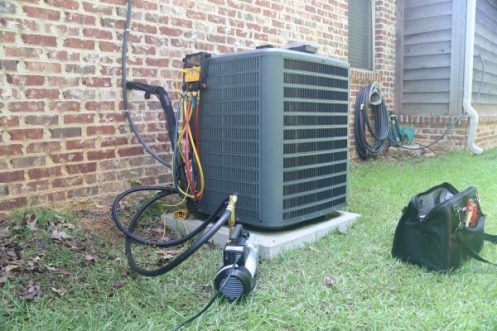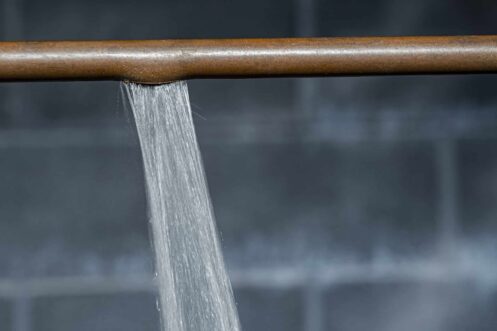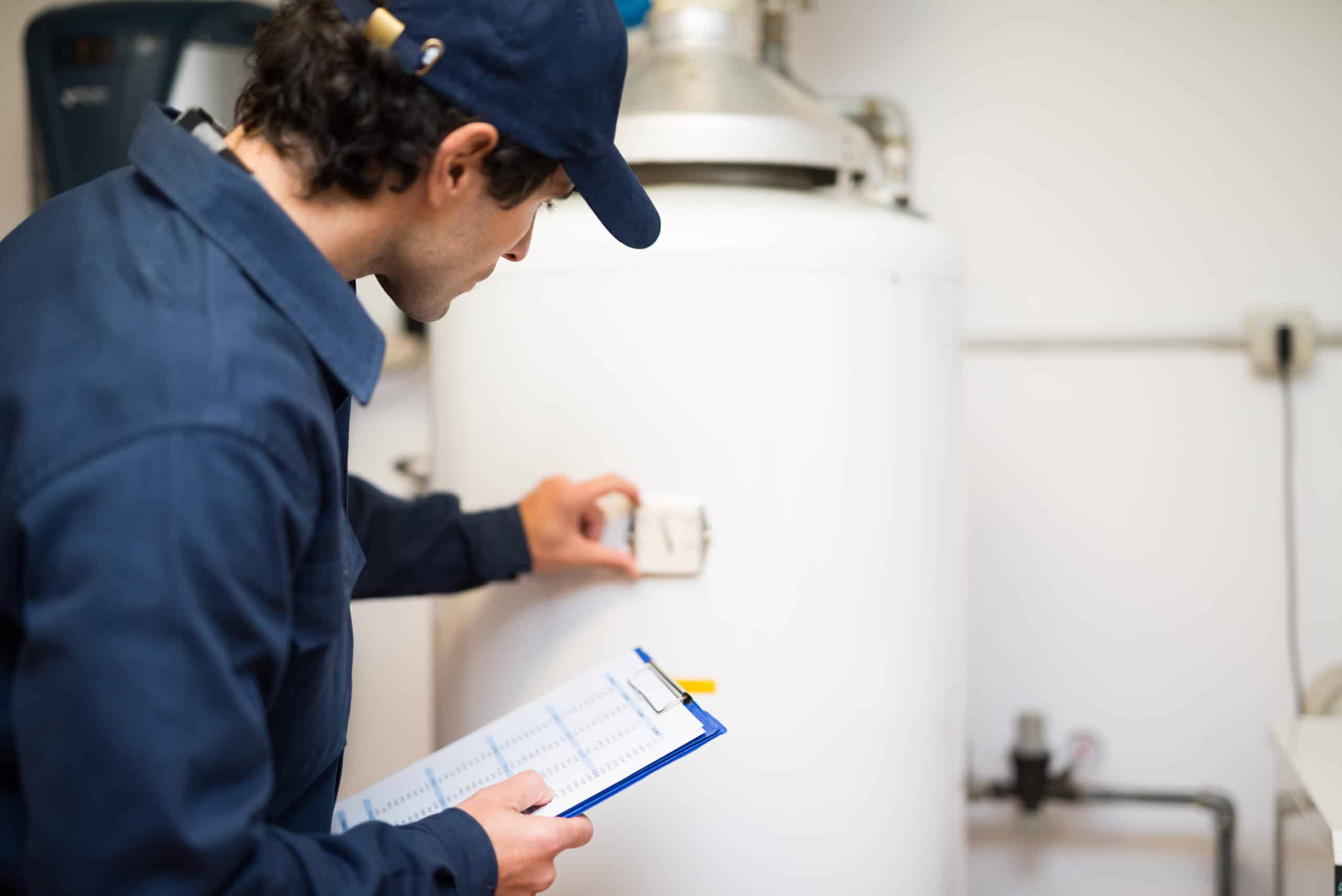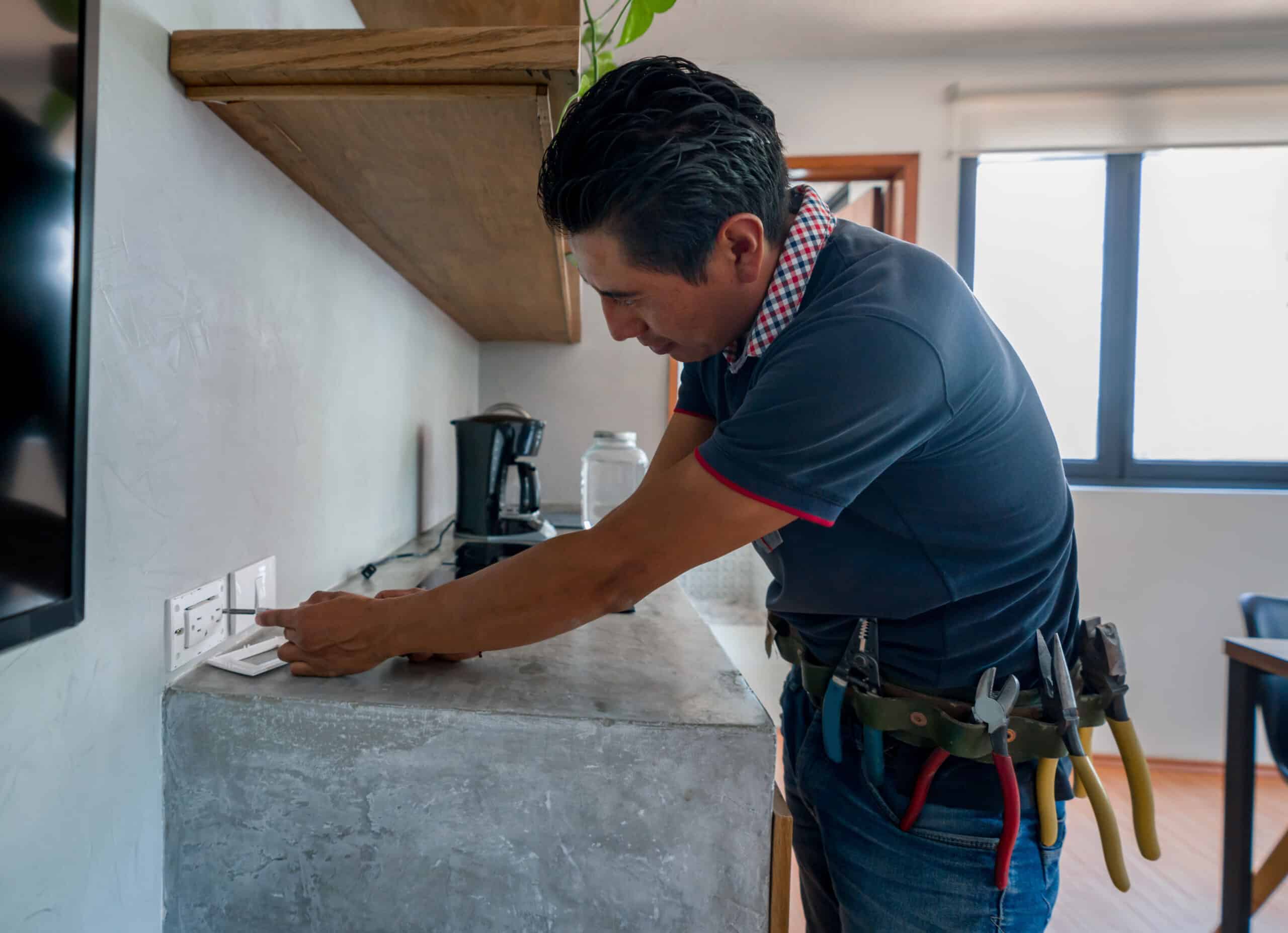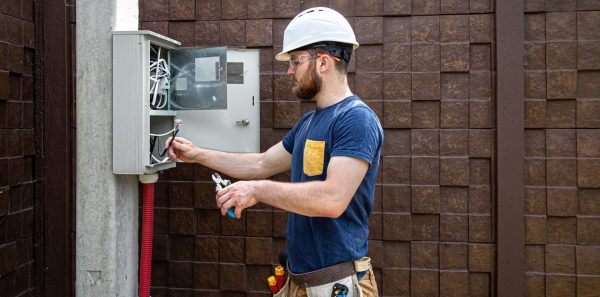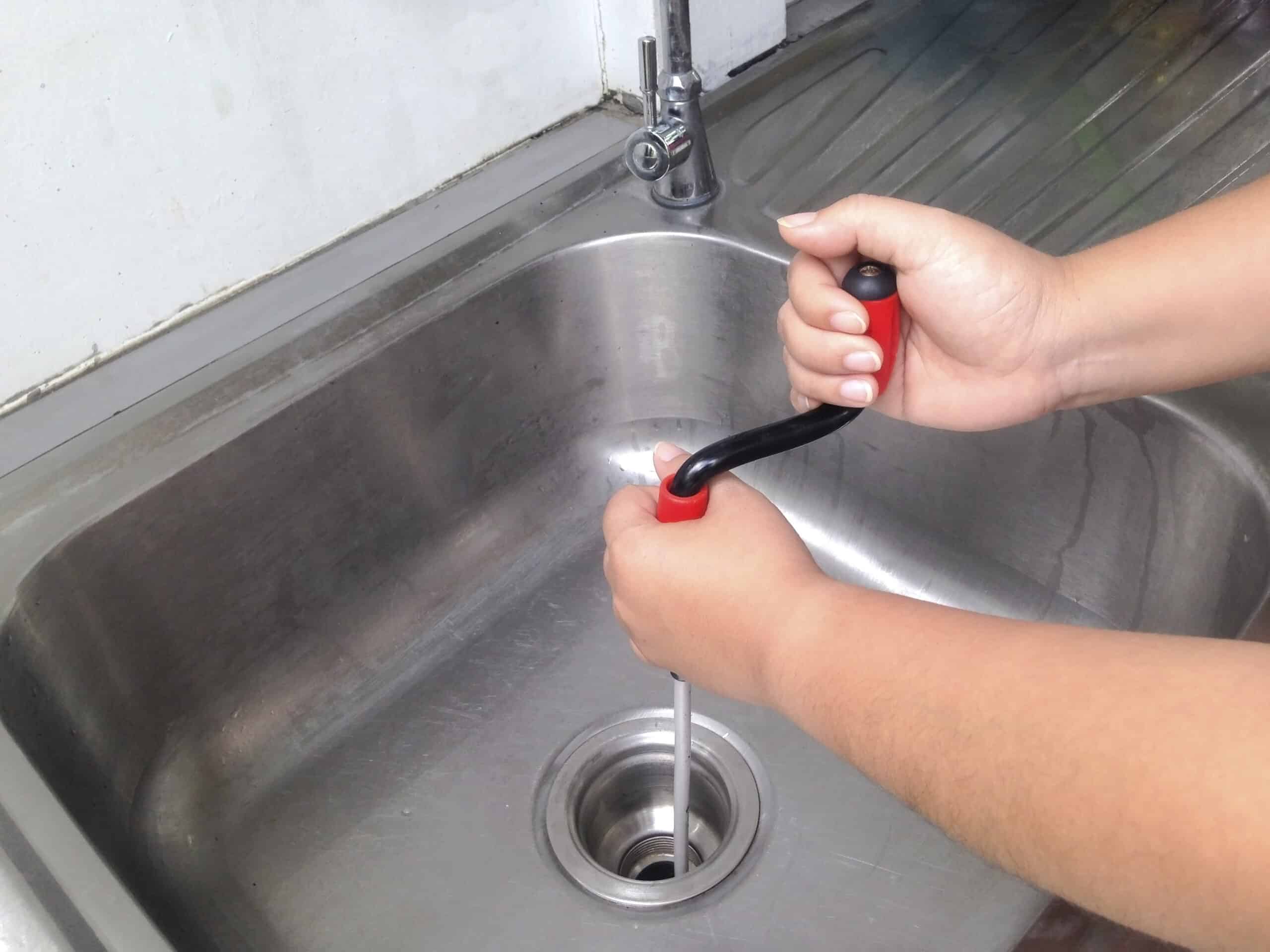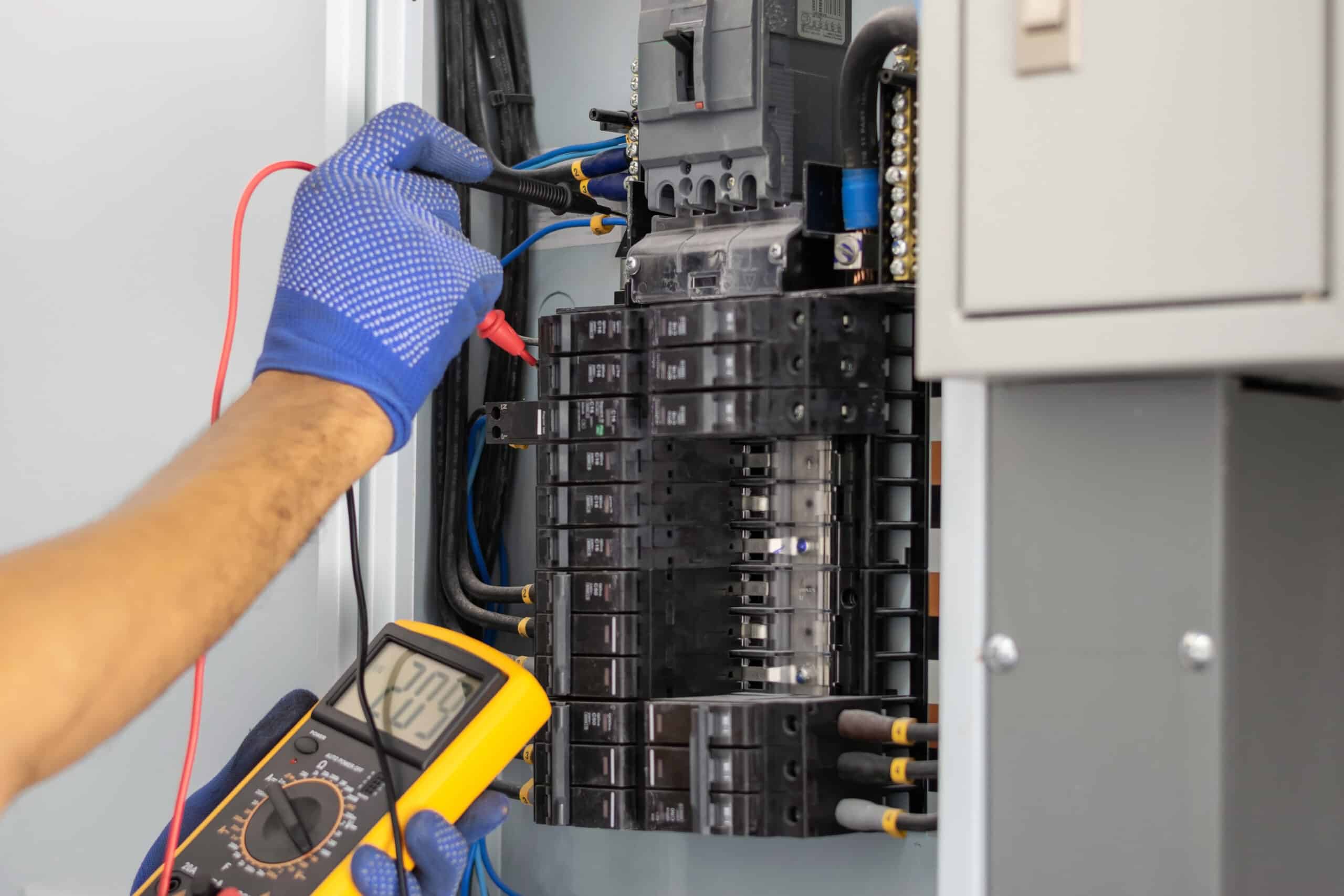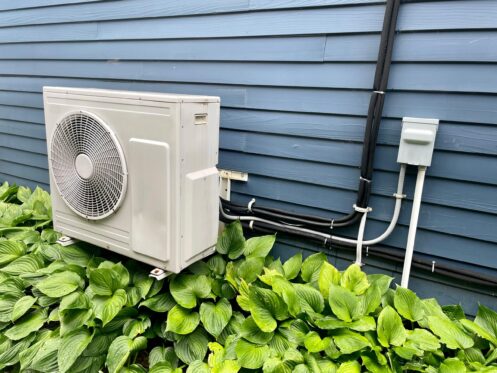The energy efficiency of your HVAC equipment is the primary factor in determining how much you’ll spend to heat and cool your home. This makes energy efficiency an important consideration when it comes time to replace your AC or furnace. All HVAC equipment is required by law to list its energy efficiency rating to ensure customers actually know what they’re getting. For air conditioners, ductless AC units, heat pumps, and most other cooling equipment, this rating is expressed in terms of seasonal energy efficiency ratio, or SEER. Still, this information doesn’t really do much for you unless you understand what SEER ratings are and what they actually mean.
What Are SEER Ratings, and How Are They Calculated?
Determining the energy efficiency of an air conditioner or other cooling equipment isn’t a simple task. Whereas your home’s furnace will generally always work at the same efficiency, this isn’t true for cooling equipment. How warm or cool it is outside, and the level of humidity will directly affect how efficiently the unit works. Air conditioners work far more efficiently in milder temperatures and when the humidity is lower. This makes it difficult to get an accurate overview of the unit’s overall efficiency since it can fluctuate quite a lot over the course of the summer.
The SEER rating system was designed to overcome these issues and allow for a more accurate representation of the unit’s average efficiency. Instead of simply looking at a snapshot of how efficient the unit is in ideal conditions, SEER ratings are based on the average efficiency throughout the entire cooling season.
To calculate SEER ratings, the unit is tested in a variety of temperature and humidity conditions to simulate how much energy it would use in total over an average cooling season. By running the unit in various humidity levels and temperatures ranging between 60 and 100 degrees, it is possible to get a much more complete view of its actual expected efficiency.When calculating SEER, researchers first measure how much total electricity the unit would use in an average cooling season. The next step is to take the total cooling output of the unit in BTUs and divide this by the total energy consumption over the entire summer to calculate the SEER value.
The average central AC unit is around 16 SEER, but they can range anywhere from 13 SEER to 27 SEER. Most ductless AC systems will be somewhere around 20 SEER, but you can find some highly efficient models that are well above 30 SEER.
How SEER Lets You Compare Energy Savings
At first glance, a unit’s SEER rating doesn’t mean all that much. Sure, the SEER number makes it easy to compare different models in terms of efficiency, but that’s it, right? Not exactly, as you can also use the SEER number to estimate the average yearly energy costs. This can be much more useful than simply comparing which models are more or less efficient. Specifically, it enables you to calculate how much you can save on energy costs by choosing a more efficient model compared to how much extra that model costs.
Just as SEER is calculated by dividing the cooling output by the total energy use, you can also calculate estimated energy consumption using the cooling output and the SEER value. All you need to do is take the total BTUs and divide this by the SEER value to approximate how much energy the unit would typically use each month.
For instance, say you’re looking to replace your old 2-ton AC unit. The first thing you’ll need to figure out is the unit’s cooling output in BTUs. For a 2-ton unit, this is 24,000 BTUs. With this information in hand, you can easily compare the estimated yearly energy consumption for various models by using their SEER number.
If you choose to go with the minimum of 14 SEER, you can expect the unit to use an average of 1,714 watts of electricity per hour (24,000 BTUs / 14 SEER). This number would drop to 1,333 watts per hour for an 18 SEER unit and only 1,090 watts per hour for a 22 SEER unit.
The U.S. Department of Energy (DOE) estimates that the average air conditioner will run for a total of 1,000 hours during the course of one cooling season. This means that you could expect the 14 SEER unit to consume 1,714 kilowatt-hours of electricity in one summer compared to only 1,090 kWh for a 22 SEER unit. Using the national average electricity cost of 14 cents per kilowatt-hour, your estimated annual cooling costs for the 14-SEER unit would be about $240. Compared to this, you could reduce your energy bills by around $55 per year by opting for the 18-SEER unit or nearly $90 with the 22-SEER model.
The DOE also has charts and tools available online that give you an even more accurate estimate by allowing you to input your current electricity rate. Still, no matter what method you use for calculation, it is important that you look not just at the yearly savings. Instead, you should consider the total possible savings over the life of the unit, as this allows you to see whether the energy savings will offset the additional purchase price for the more efficient unit.
On average, a residential central AC unit will last for around 15 years with proper maintenance and servicing. Choosing the 22-SEER unit over the 14-SEER could save you nearly $1,500 over the lifetime of the unit. However, the 14-SEER unit may still be the better choice since it is likely that the price difference between the two will be greater than what you’ll save on energy costs.
You can also use this same method to see how much energy you’ll save by replacing your old AC with a new unit. If your current unit was installed before 2006, there is a decent chance that it might only be a SEER 10 or SEER 12. Compared to a SEER 10, even upgrading to a SEER 14 unit should reduce your yearly cooling costs by around 30%.
Prior to 2006, SEER 10 was the minimum rating required by law for all new cooling equipment. From 2006 and on, this increased to SEER 13 for all northern states and SEER 14 for anywhere in the southern U.S. These minimum efficiency requirements are set to increase again in 2023, at which time SEER 14 will be the minimum in the northern US and SEER 15 will be the minimum for the southern half of the country. If you’ve been considering upgrading to a new air conditioner, now is a good time to do it since it will potentially cost a bit more once the new efficiency requirements come into effect in 2023.
If you’re considering replacing or upgrading your air conditioner, the experienced team at Eck Services is here to help. We have locations in Anthony, Kingman, Wichita, Pratt, Hutchinson, and Medicine Lodge and have been providing reliable HVAC services to customers throughout south-central Kansas for more than 15 years. Our company also specializes in plumbing, electrical, septic systems, indoor air quality, and more. If you need a new air conditioner or any other service, contact us today to see how we can help.


